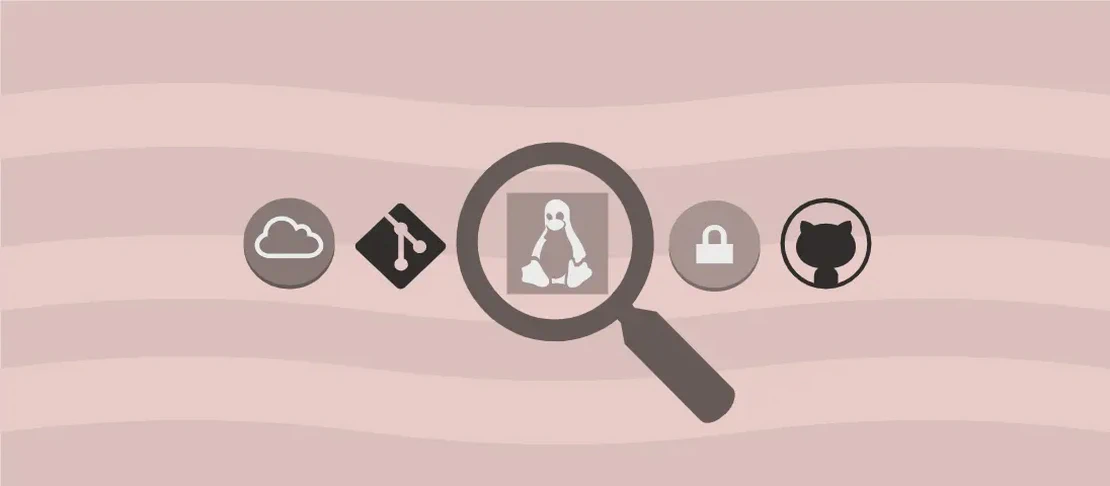
How to use the command 'ppmtopict' (with examples)
The ppmtopict command is a part of the Netpbm package, a toolkit for manipulation of graphic images. This command specifically is used to convert PPM (Portable Pixmap) image files into Macintosh PICT file format. The PICT format is a widely recognized graphics file format created by Apple and commonly used in their software. By converting a PPM image to a PICT file, users can integrate these images into Mac-based applications or environments that specifically require the PICT format.
Convert a PPM image to a PICT file:
Code:
ppmtopict path/to/file.ppm > path/to/file.pict
Motivation:
There are several scenarios where converting a PPM file to a PICT format could be necessary. For instance, designers working with legacy software on Macintosh systems may need this feature as some older applications or specific workflows may still rely on the PICT format. Graphic designers or digital archivists might also face situations where historical or archival content is stored in PPM format, and for usage in an older Mac ecosystem, PICT is required. Similarly, artists might want to retain the image fidelity that is preserved during the conversion process facilitated by ppmtopict, providing a seamless transition to a format optimized for Mac viewing.
Explanation:
ppmtopict: This is the command-line tool used to initiate the conversion process from PPM to PICT format. It leverages the Netpbm library to achieve this transformation effectively.path/to/file.ppm: This is the source file, the PPM image that you intend to convert. PPM is part of the Netpbm image formats which are simple and encoded as plain text. It’s typically used for high-color images; hence, precision is crucial.>: This is the redirection operator used in Unix/Linux environments. It redirects the output of theppmtopictcommand, which would otherwise be displayed on the terminal, to a file instead.path/to/file.pict: The destination file path where the converted PICT file will be saved. This is the output of the conversion process and can now be used in environments that support or require the PICT format.
Example Output:
Upon successful execution of the command, the output will not be a displayed message but rather the creation of a new file in the specified path with a .pict extension. This file will now embody the visual data of the original PPM image but in a format compatible with applications supporting the PICT file format. The image might appear exactly the same as the original PPM version but with a distinct file extension and different underlying data structures suitable for the Macintosh ecosystem.
Conclusion:
Converting image files to different formats is an essential function in the toolkit of graphic designers, digital content creators, and archivists. ppmtopict serves a niche but vital role in converting PPM images into PICT, a Macintosh-friendly format. This can be crucial in environments where cross-compatibility and support for older formats play a significant role. Through understanding and utilizing this command, users ensure that their images are prepared adequately for diverse applications, especially within the Apple ecosystem.

